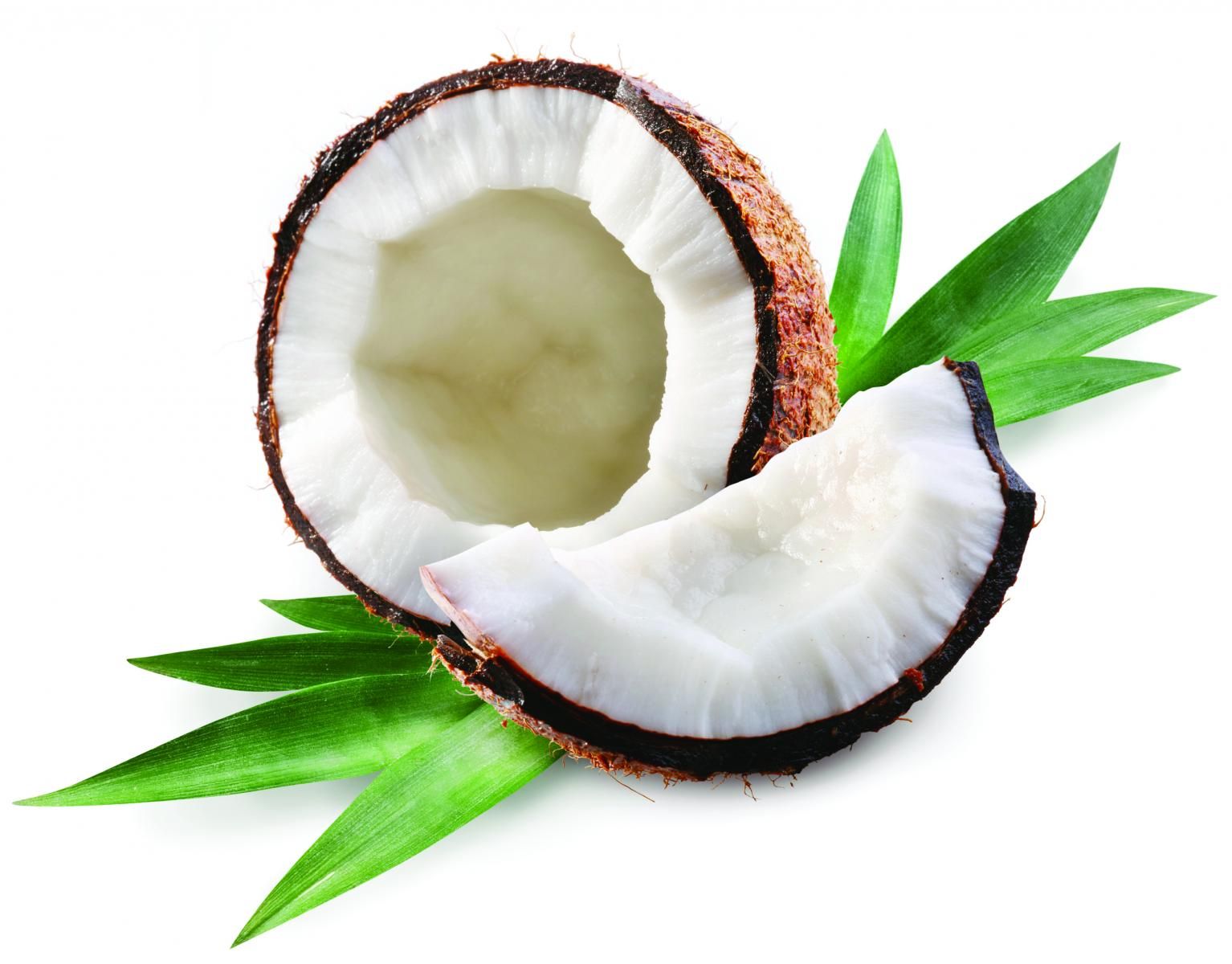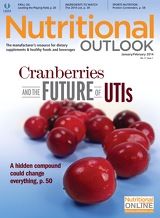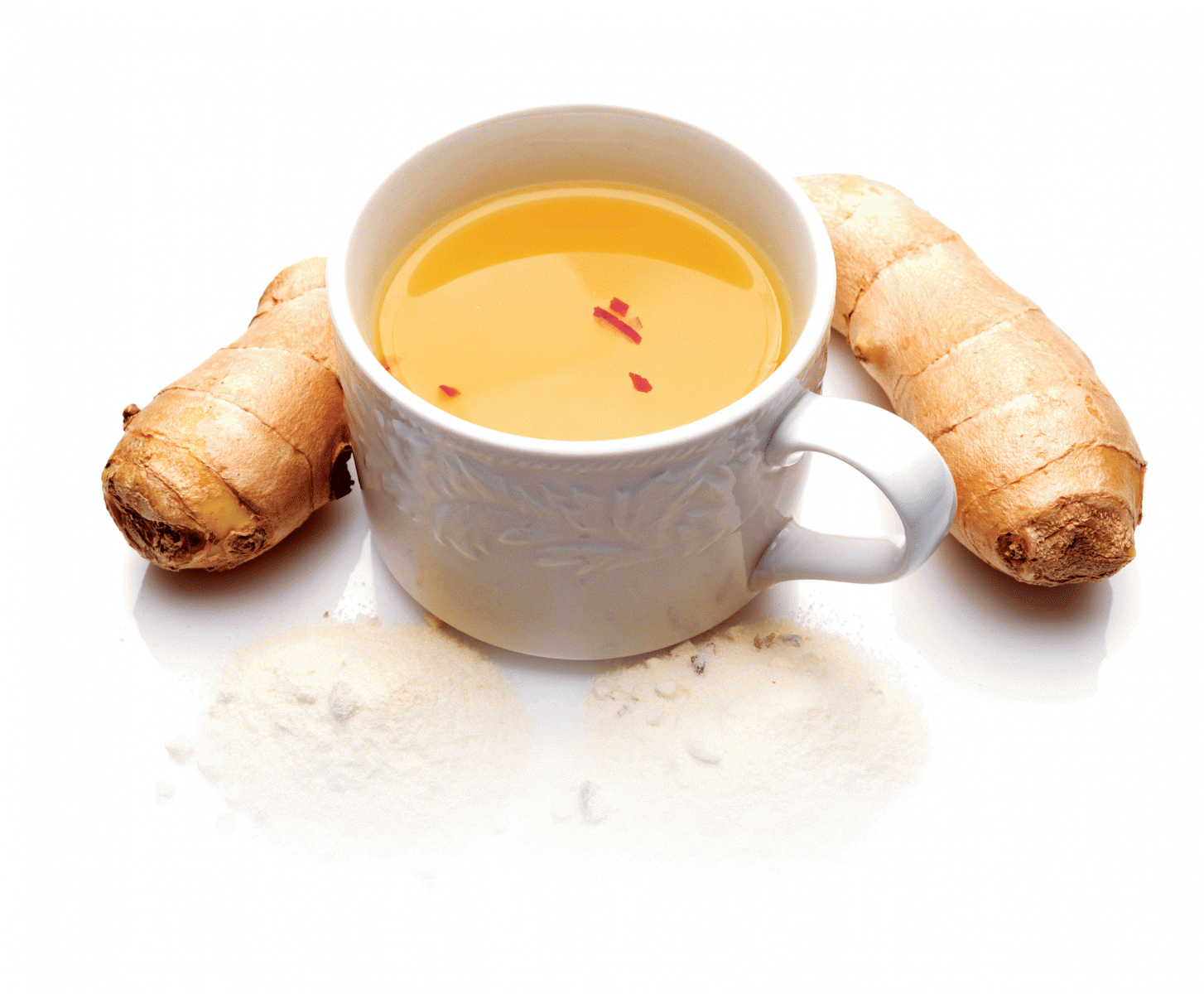What Are 2014's Biggest Food Ingredient Trends?
FDA's potential ban on partially hydrogenated oils and new Food Safety Modernization Act regulations will also play a role.

By Charles Purcell, Univar
Health and wellness trends have long driven innovation in the food industry as consumers look to take advantage of healthy food options in new, convenient ways. Food industry manufacturers and suppliers must understand which ingredients to add-or subtract-to meet consumer needs and demands.
As a global ingredients distributor, we see the changing landscape of consumer food preferences and, consequently, what manufacturers around the world are-and aren’t-asking for. During 2013, healthy reduction and fortification trends remained at the forefront of innovation in food prodution and formulation. While these trends will continue to evolve in 2014, we also expect to see an increased focus on clean labeling and natural ingredients, along with new formulations driven by industry regulations.
Tried and True: 2013 Trends
Healthy Reduction: Sodium and Sugar
Less was more when it came to sugar and sodium in 2013. The focus on diets lower in sodium and sugar significantly impacted many traditional food and beverage products over the past year. A range of foods and beverages-from breads and cakes to soups and frozen meals-are now reformulated with reduced sugar and sodium. However, marketers must still get consumers on board with these healthy changes. Consumers often don’t perceive these healthy reductions as a positive because they are concerned about sacrificing the flavor of their favorite foods. In fact, roughly two-thirds of consumers say they value “high in” characteristics (e.g. fiber, vitamins) as opposed to “reduced/low” attributes (e.g. sodium, sugar, and calories) in food.1
Some manufacturers reduce sugar and sodium without claiming that fact on food labels. Still, manufacturers are searching for alternatives that reduce sugar and sodium without affecting taste. For example, a natural, low-sodium sea salt may allow for up to 50% replacement of sodium chloride without changing a product’s texture or flavor. And for sugar reduction, stevia has a clean and consistent quality that allows manufacturers to reduce sugar by up to 25%.
Another consideration when reducing salt and sugar is maintaining mouthfeel. Often, reducing sugar leads to a sensory perception that a food or beverage is too light or watery. By adding hydrocolloids as a texture modifier, formulators can achieve the desired attributes of a product while reducing sugar and/or sodium.
Healthy Enhancement: Fortification
Over the past year, fortification of foods and beverages has expanded and increased in complexity to include fiber, vitamins, and minerals for everything from bone health to improved digestibility and enhanced immunity and alertness. This trend for fortified foods is particularly evident among Baby Boomers looking to fuel a longer life with enhanced versions of their traditional favorite foods.
Consumers are looking for food products fortified with health benefits, but without reduction in texture and taste. The incorporation of fiber in foods like snack products, drinks, and energy bars is a prime example of this. Acacia gum, for instance, contains 90% soluble fiber, improving the fiber profile without impacting texture and taste. Another challenge to consider with fiber fortification is digestibility, which can range between fiber ingredients. To reduce the possibility of gastric distress, fiber ingredients should have a very high digestive tolerance.
On the Horizon: 2014 Trends
Clean Labeling & Natural Ingredients
Over the past year, we’ve seen an increase in the number of consumers looking for healthy, natural, and easy-to-understand ingredients. Products positioned to contain fewer ingredients and labeled as naturalare becoming more popular. More than 60% of U.S. adults say they perceive products labeled all natural as healthy.2 (There is somewhat of a disconnect, however, with the fact that only 33% of U.S. consumers state they can trust the term natural on a label.)
With no legal definitions for clean label (nor for natural) in the United States, many manufacturers must define clean label for themselves. Many look to potentially remove and/or replace complicated ingredients by reformulating products. For example, manufacturers are turning to natural hydrocolloids such as pectin, a polysaccharide derived from naturally occurring structural components in fruits and vegetables, to act as a gelling agent, viscosity builder, protective colloid, and stabilizer in a variety of food and beverage products. Finding natural options for preservatives is also a challenge for formulators and manufacturers that want to create a clean label. Currently, natural preservatives are often not as cost-effective.
Industry Regulations
Manufacturers may be challenged to reformulate further to meet new regulations in 2014, from FDA’s Food Safety Modernization Act (FSMA) to the agency’s announcement in November 2013 that it is considering a ban on partially hydrogenated oils (trans fat). Partially hydrogenated oils (PHOs) are the major dietary source of trans fat in the processed food supply; once these are no longer Generally Regarded as Safe (GRAS) by FDA, manufacturers will be asking for innovative and cost-effective ways to replace these oils in their products.
Continuing the clean labeling and natural ingredients trend, formulators are sure to look to natural alternatives to trans fat. Some have leveraged coconut and palm oils as potential options; however, the different chemical makeup of these ingredients compared to trans fat creates a challenge for formulators. Others are looking to limit trans fats through innovative emulsification systems, but this causes a more complicated list of ingredients in food products and, as a result, a less consumer-friendly label.
Looking Forward
Manufacturers who are able to meet these industry regulations while achieving healthy products that consumers can easily accept are well positioned for success. Understanding how to incorporate these trends in food products can be a daunting process, as manufacturers must decide and prioritize which health-focused changes to make, while considering logistics such as production times and cost-efficiencies. The good news is that these challenges are driving innovation in the industry. There are now a number of ingredient and formulation alternatives for successfully making healthy adjustments to foods. Shifting consumer demand will continue this momentum and manufacturer innovation in 2014.
Charles Purcell is a technical development specialist, food ingredients, for ingredients distributor Univar, headquartered in Redmond, WA. Purcell has over 30 years of experience in the food and beverage industry, including as beverage R&D manager with Bunge Foods and vice president of manufacturing for Meridian Beverage Co.
References
- Mintel International report, “Attitudes Toward Healthy Food,” June 2012
- Mintel International report, “What Is ‘Natural’ in Food & Drink?” 2013

Prinova acquires Aplinova to further increase its footprint in Latin America
April 7th 2025Prinova has recently announced the acquisition of Brazilian ingredients distributor Aplinova, which is a provider of specialty ingredients for a range of market segments that include food, beverage, supplements, and personal care.

.png&w=3840&q=75)

.png&w=3840&q=75)



.png&w=3840&q=75)



.png&w=3840&q=75)















